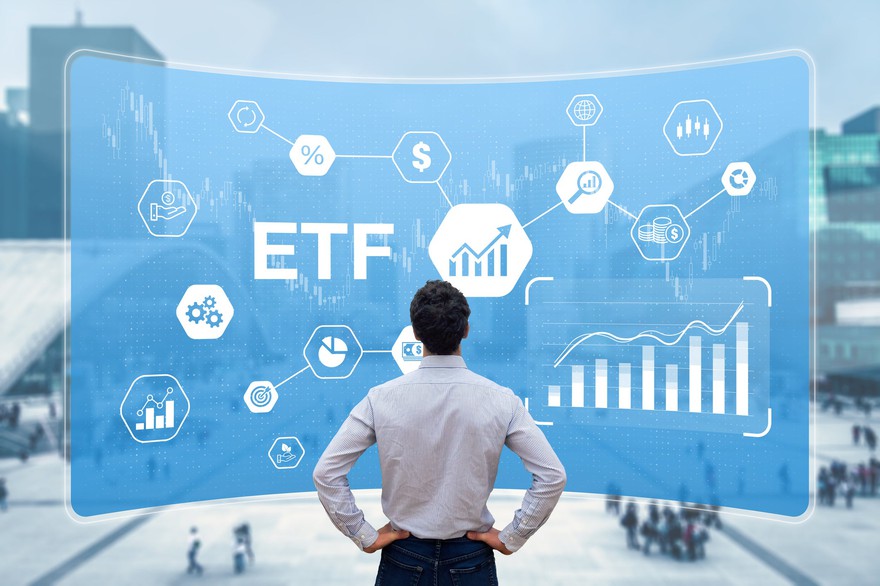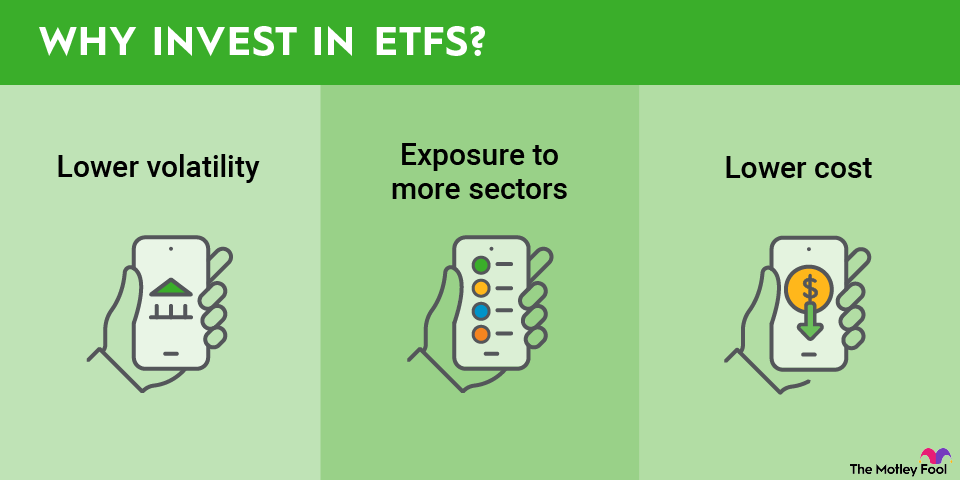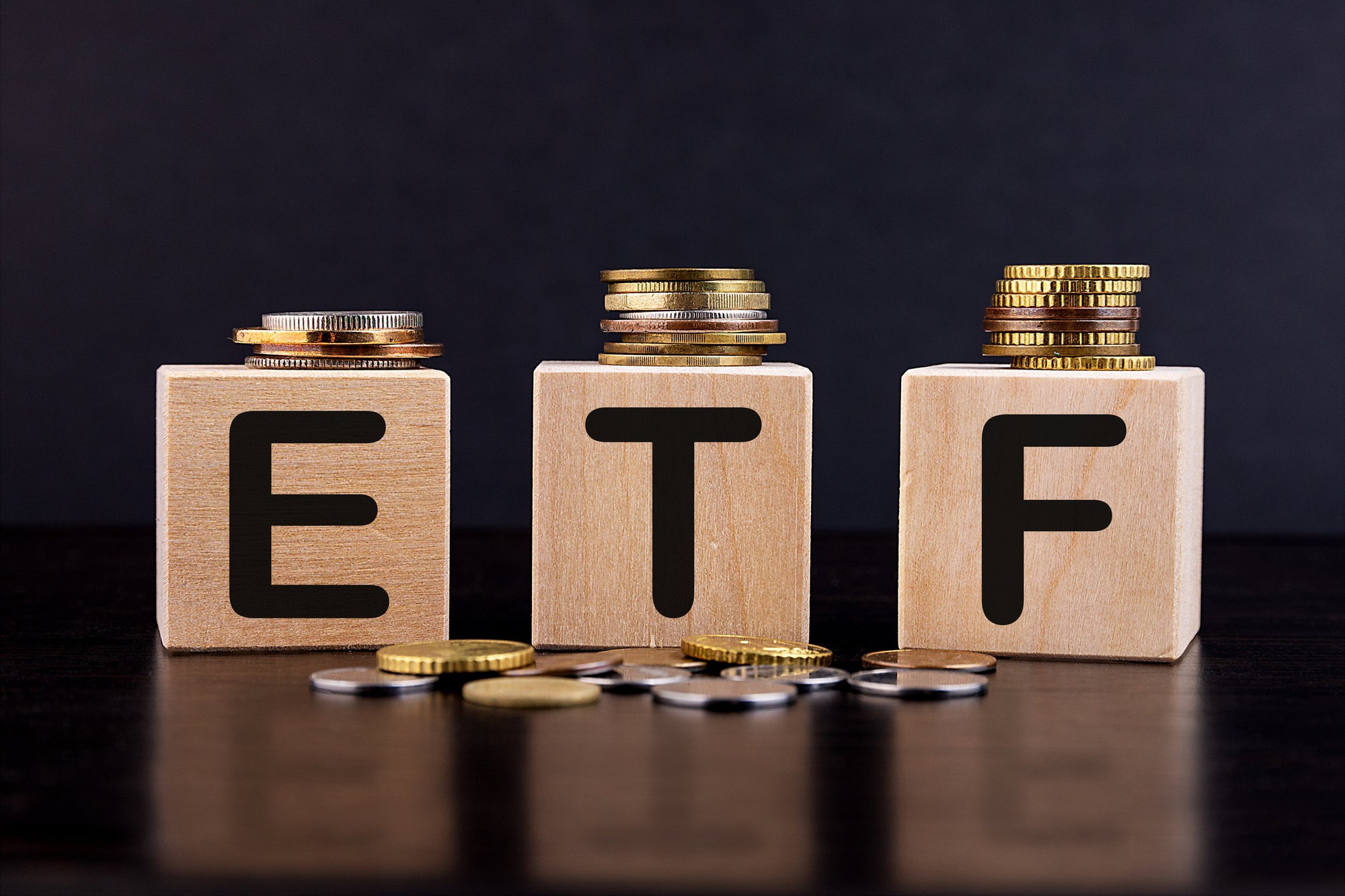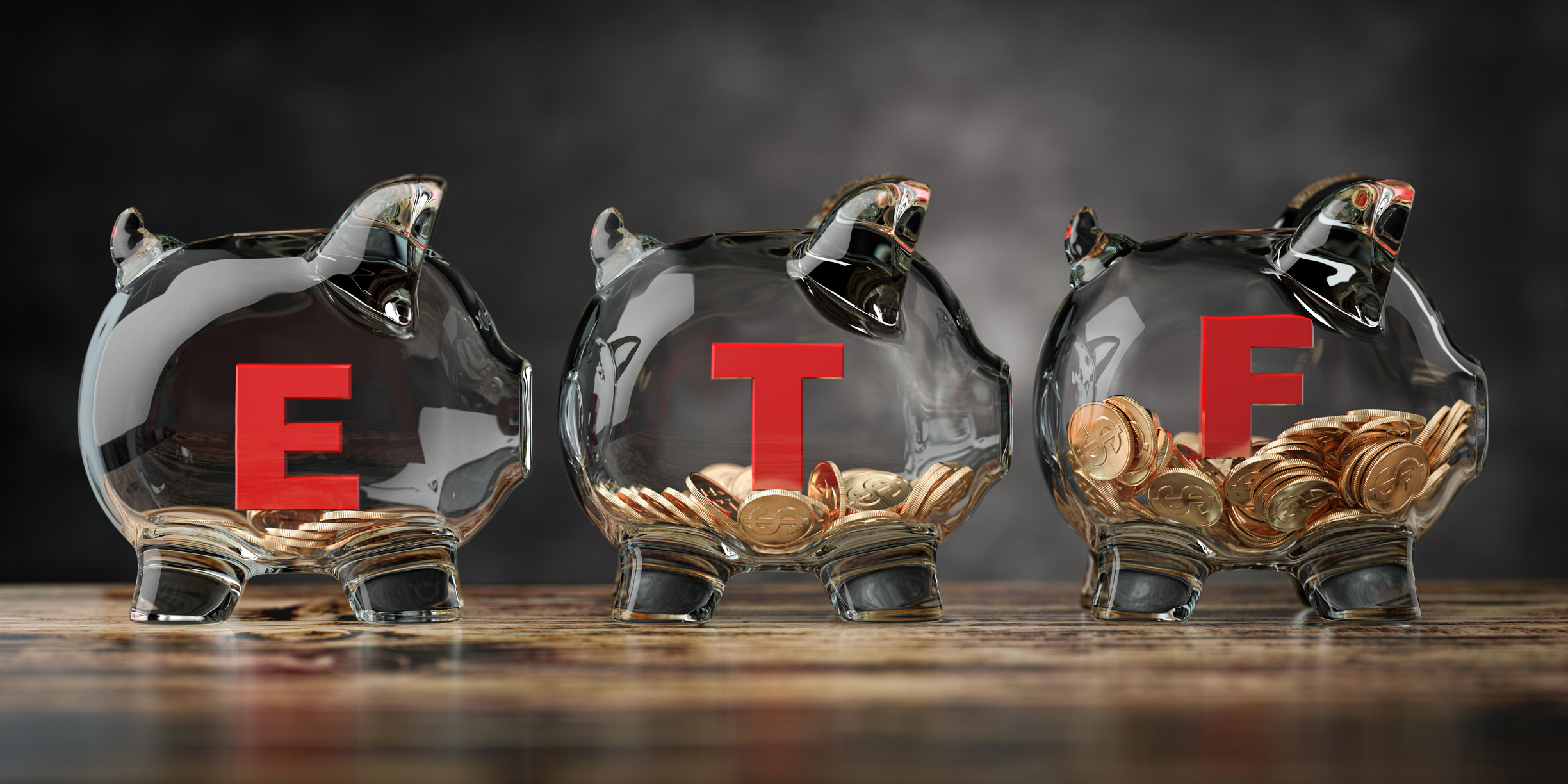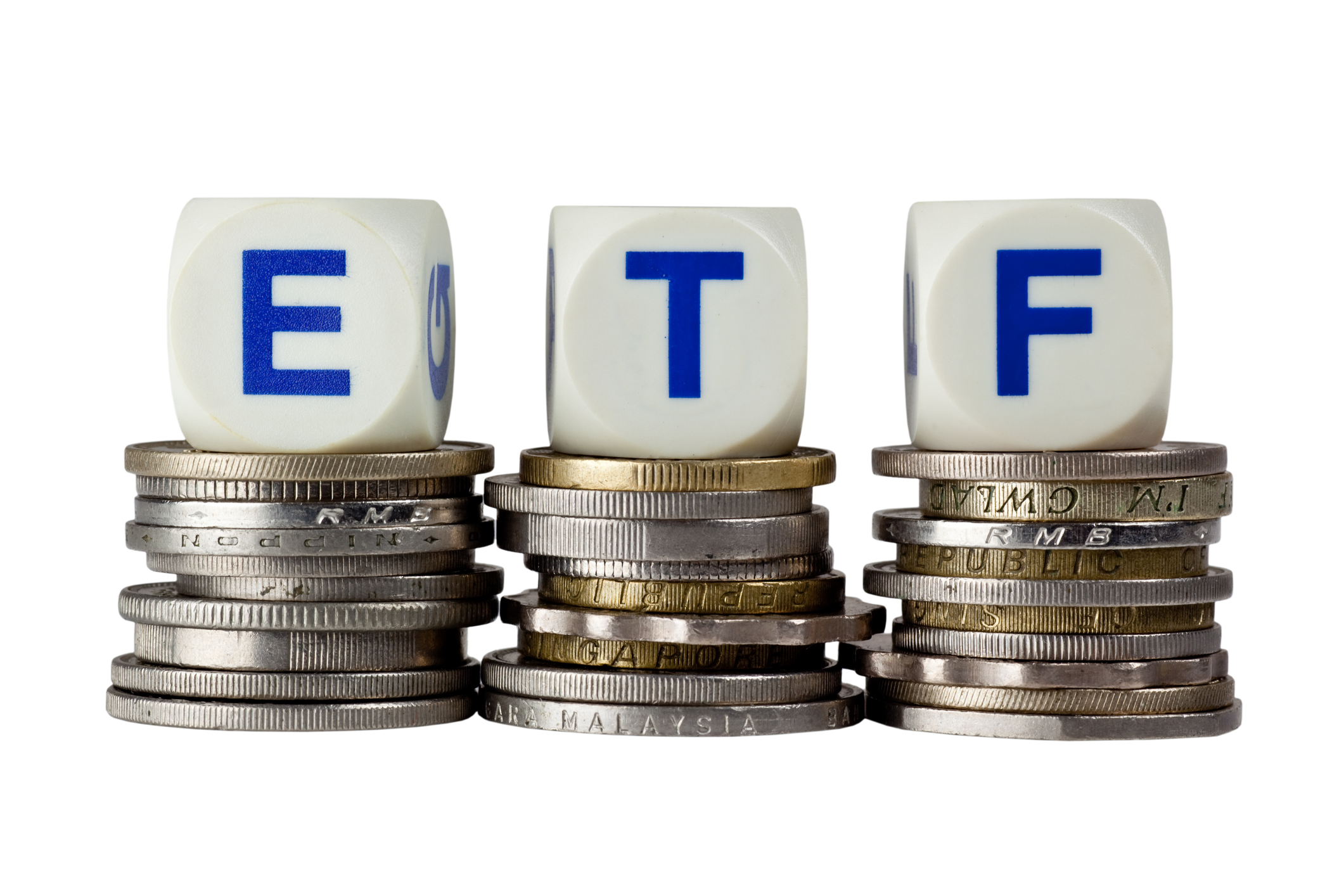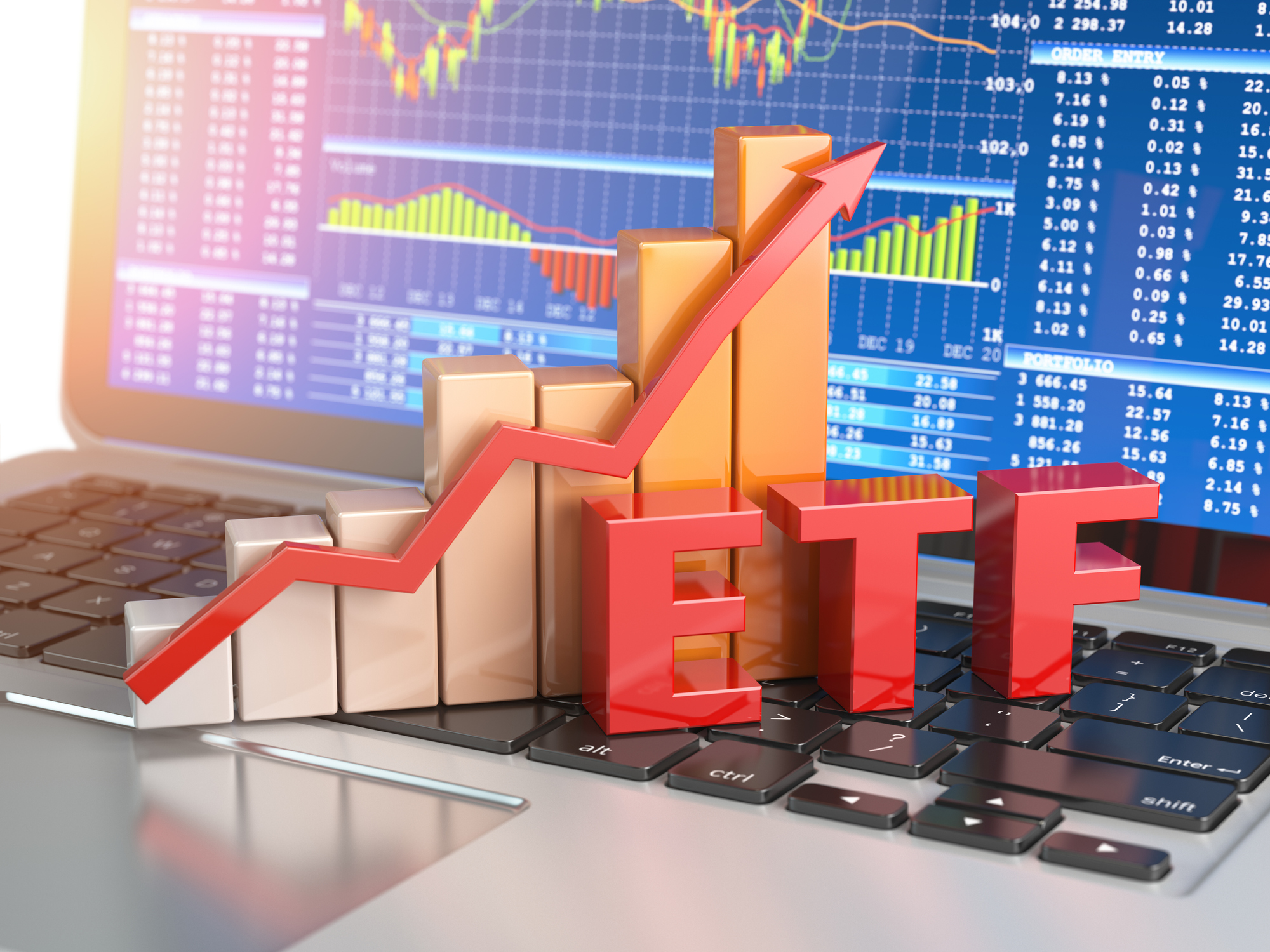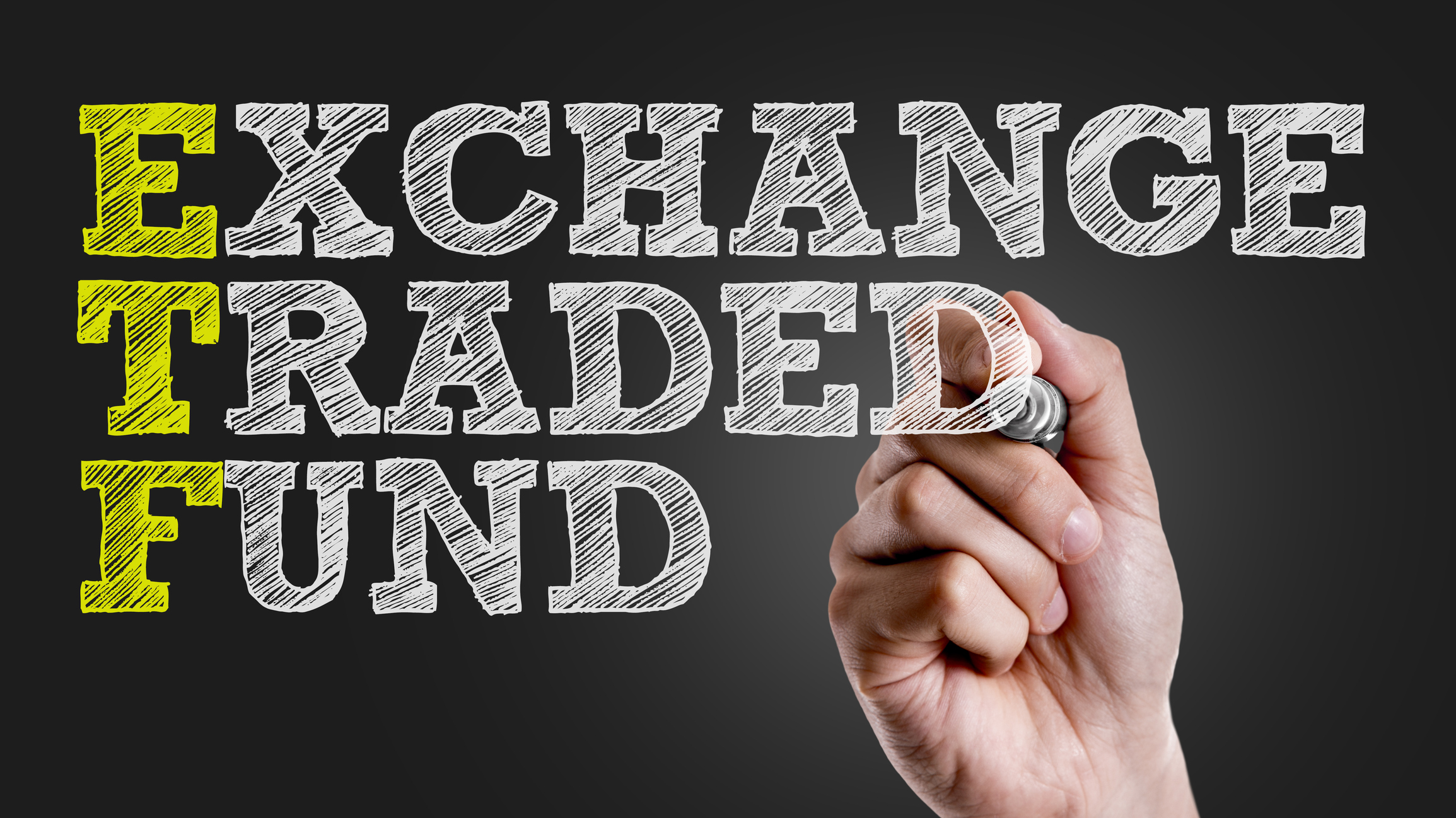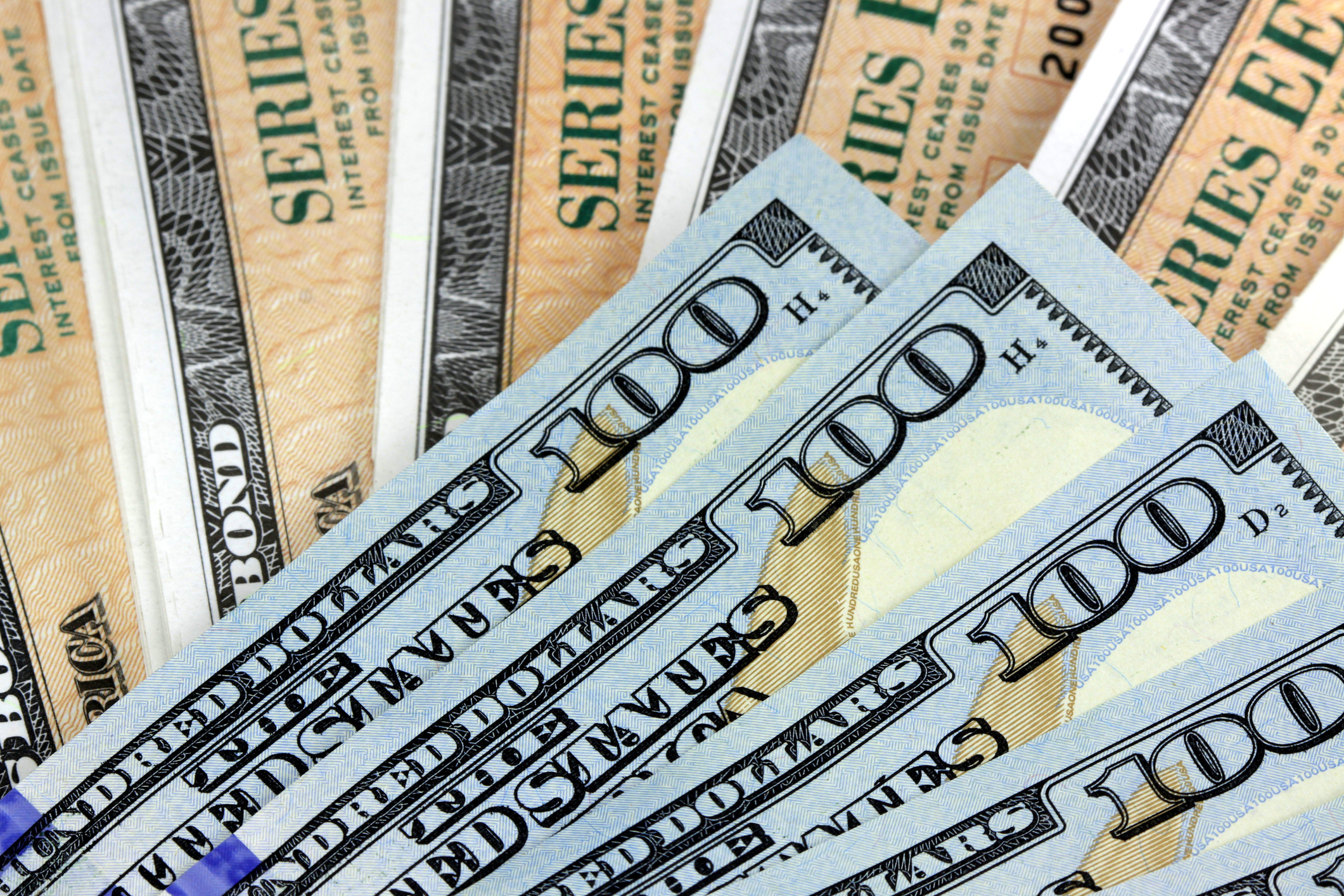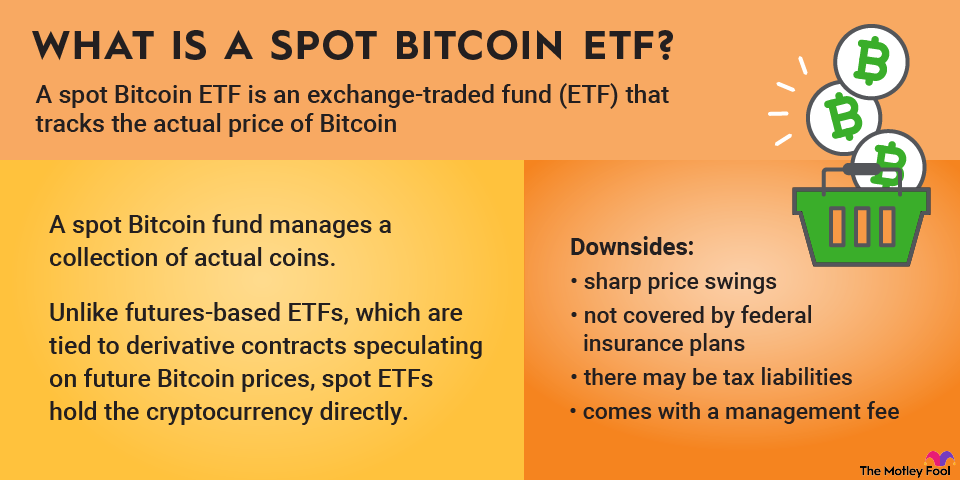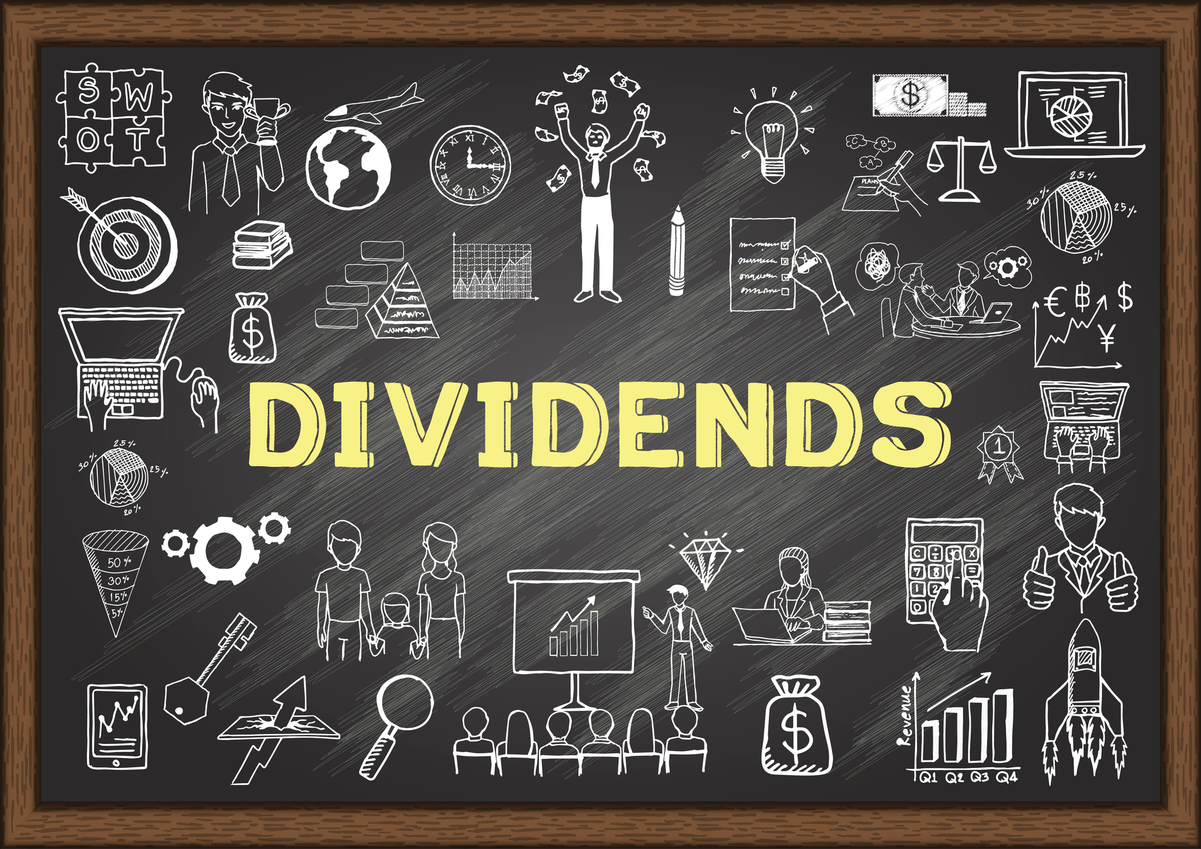The iShares Biotechnology ETF (IBB +0.67%) gives investors a way to take a focused position within the healthcare sector by targeting the most innovative biotechnology companies -- but these companies come with significant risk.
Biotech companies develop and commercialize treatments like gene therapies, cancer drugs, and vaccines. These breakthroughs can be transformative, but investing in individual biotech stocks is notoriously risky.

NASDAQ: IBB
Key Data Points
Companies spend years burning cash through Phase 1, 2, and 3 clinical trials, and their fate often hinges on a single make-or-break FDA approval.
If your goal is less about picking the next moonshot and more about gaining broad exposure to the long-term growth of the biotech industry, an ETF like IBB can be an appealing option. Here’s what you need to know before investing as a beginner.
Exchange-Traded Fund (ETF)
How to buy iShares Biotechnology ETF (IBB)
- Open your brokerage account: Log in to your brokerage account where you handle your investments.
- Search for the ETF: Enter the ticker (IBB) or ETF name into the search bar to bring up the ETF's trading page.
- Decide how many shares to buy: Consider your investment goals and how much of your portfolio you want to allocate to this ETF.
- Select order type: Choose between a market order to buy at the current price or a limit order to specify the maximum price you're willing to pay.
- Submit your order: Confirm the details and submit your buy order.
- Review your purchase: Check your portfolio to ensure your order was filled as expected and adjust your investment strategy accordingly.
Should I invest in iShares Biotechnology ETF (IBB)?
If you’re a beginner interested in biotech, IBB is an ideal entry point. As noted earlier, it has a solid foundation built on high allocations to the big four -- Gilead, Amgen, Vertex, and Regeneron -- all of which have strong balance sheets and a track record of acquiring promising small caps to expand their pipelines.
This makes iShares Biotechnology ETF a good option if you believe that the biotech industry as a whole will continue to innovate, grow, and return capital. The trade-off is that you’ll miss out on the massive gains a smaller player can deliver if its trial succeeds, but you get lower volatility in exchange.
Does iShares Biotechnology ETF (IBB) pay a dividend?
Right now, iShares Biotechnology ETF does not pay a dividend and has a 30-day SEC yield of 0%. IBB has historically paid small, irregular quarterly distributions, but investors shouldn't rely on it for dividend income.
With the exception of a handful of large players, most biotech companies don’t have the capacity to pay dividends because their business model involves burning cash and raising capital until a breakthrough drug is commercialized. Even those selling treatments often prefer to reinvest in research and development rather than pay shareholders.
What is iShares Biotechnology ETF (IBB)’s expense ratio?
The ETF's expense ratio is 0.44%, or about $44 annually for every $10,000 invested. That’s fairly typical for an industry-specific fund.
Expense Ratio
Historical performance of iShares Biotechnology ETF (IBB)
The chart below shows the annualized total return of this iShares ETF.
Metric | 1y | 3y | 5y | 10y |
|---|---|---|---|---|
Net Asset Value | -7.53% | 2.75% | -1.29% | 0.51% |
Market Price | -7.58% | 2.75% | -1.29% | 0.51% |
Related investing topics
The bottom line on iShares Biotechnology ETF (IBB)
The iShares Biotechnology ETF is a straightforward way to invest in biotech without trying to pick winners among highly volatile individual stocks. It anchors itself in established leaders like Gilead, Amgen, Vertex, and Regeneron, which gives the fund stability and reduces the binary risk smaller biotech firms face. That makes it well-suited for investors who want exposure to the sector’s long-term growth without betting on single trial outcomes.
On the downside, you sacrifice the chance to capture explosive gains from small-cap breakthroughs, and the dividend profile is unreliable at best, or absent at worst.
For most long-term investors, IBB works best as a diversified, lower-risk way to express confidence in the biotech industry as a whole, rather than as a core holding.










